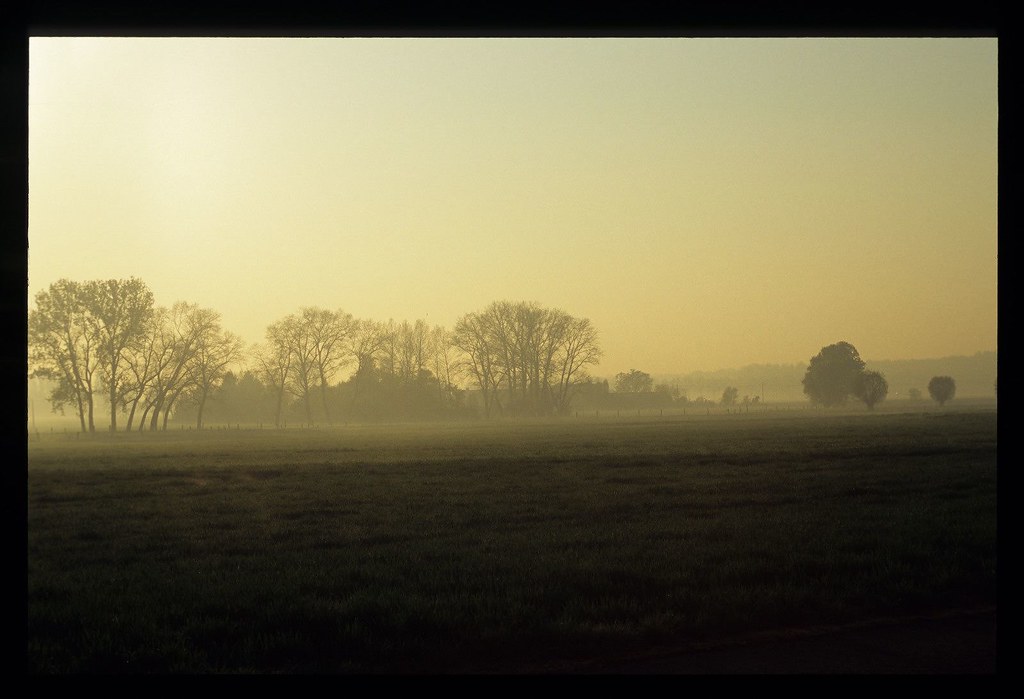I rediscovered film after two years of intensive DSLR usage. I recently bought an F5, a fabulous Pro film camera. I also discovered there were some differences between film and digital ! The most important differences are that you don't see any result immediately (obvious), and that you have to expose differently. The first point is important: you change your behaviour, you compose carefully, you think twice, and then take the picture. With a DSLR you can work by trial and error and check results on the spot. The second point is also very important: with a DSLR you should expose to get the highlights right. If any part of the picture is overexposed, the information is lost (this is called clipping). So, basically, you will expose to avoid overexposure, the underexposed parts can be recovered at least partially in post processing. This can be done with the option "shadows and highlights" in Photoshop for instance. With an SLR (film), overexposure is not the real issue, you will be able to recover details afterwards even if you are 2EV above the "max". However, underexposed parts will be dark and no detail will be recovered afterwards. Conclusion, with film expose for the dark parts, with digital, expose for the light parts.
Other than that, with film, if you use a good professional scanner, you will be able to get at least 20 Mpixels of a good 35mm negative or positive.
The types of film I have been using are:
Normal color film (not the best results, and I would not recommend those if you also shoot digital)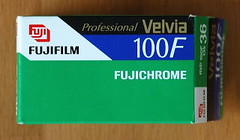
Black and White (real Black & White you can process yourself)

Black and White with color processing (to develop in a normal color lab - process C41)
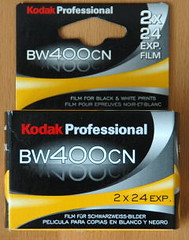
Two small examples shot with the F5 and scanned with a crappy scanner...
Film is Kodak Pro BW400CW
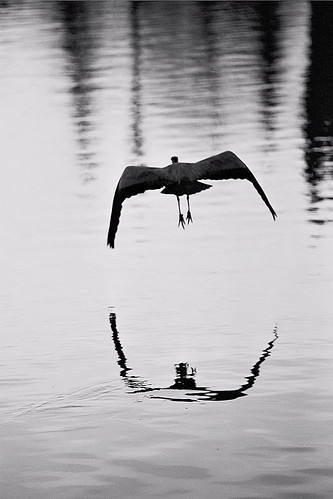
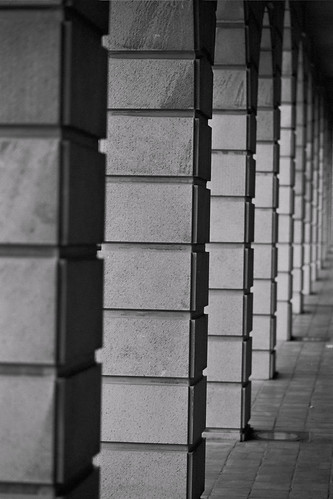
A slide scanned on the Nikon Coolscan V
